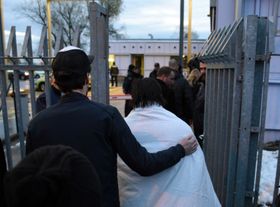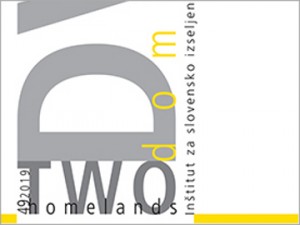Blog: zadevi Sodišča EU A.S. in Jafari ter balkanska begunska pot
13. 12. 2017 | Človekove pravice in manjšine

The situation amounted to legal chaos. And one year after, we can still witness the consequences of such actions. Strangely enough, the rulings of the Court of Justice (CJEU), were unfortunately written as if in a complete vacuum, disregarding the reality in which at least six EU member states participated (Greece, Croatia, Hungary, Slovenia, Austria and Germany). The two relevant cases are A.S. v Slovenia (C-490/16) and Jafari (C-646/16).
“The mass influx of asylum seekers to the European Union through the so-called Western Balkans route was made possible due to one major factor: the countries on the route (i.e. Greece, Macedonia, Serbia, Croatia, Hungary, Slovenia, Austria, Germany) collectively disregarded either Schengen rules or, in the case of non-EU states, their own entry rules. As I have discussed elsewhere, the states allowed entry and transit to people who did not meet the required legal conditions.
The reasons leading these states to adopt such conduct were manifold. For some states humanitarian reasons might have prevailed, knowing that not allowing entry would have spurred a humanitarian emergency in the areas in between the states (no man’s land). For others, the reasons were mostly related to convenience and aimed at ensuring that people leave their territories as soon as possible to be admitted by the next country on the route. In order to ensure that migrants and refugees cross over to the next country quickly, the states in question, assisted by humanitarian organizations and volunteer groups, provided transport, temporary shelters, food and clothes to ensure the minimum that is required in such extraordinary situations. In some border areas, state officials (police and military) even accompanied asylum seekers to the border (either crossing points or other parts of the border where there were no crossing points) and handed them over to the officials of the neighboring state. It seems that sometimes the state officials wanted to avoid giving the impression that they are directing people to cross the border. For instance, even if border crossings were close by, they directed people to a dirt road or even just a crop field. Being aware that their conduct was outside legal boundaries, governments tried to mitigate the situation through administrative measures, such as registering the individuals (however registration was not always systematic), taking their fingerprints, and issuing them with different types of administrative documents.
The situation amounted to legal chaos. And one year after, we can still witness the consequences of such actions. Strangely enough, the rulings of the Court of Justice (CJEU), were unfortunately written as if in a complete vacuum, disregarding the reality in which at least six EU member states participated (Greece, Croatia, Hungary, Slovenia, Austria and Germany). The two relevant cases are A.S. v Slovenia (C-490/16) and Jafari (C-646/16).”
Blog CJEU rulings on the Western Balkan route: Exceptional times do not necessarily call for exceptional measures Neže Kogovšek Šalamon za Odysseus akademsko mrežo na področju migracij in azila. Obravnava dva primera Evropskega sodišča v Luksemburgu: primer ‘brivca iz Sirije’ Ahmada Shamieha in sester Jafari. Besedilo v celoti si lahko preberete tukaj.

